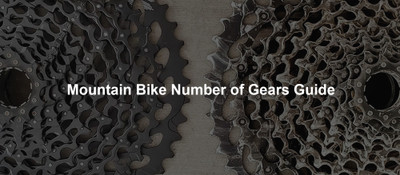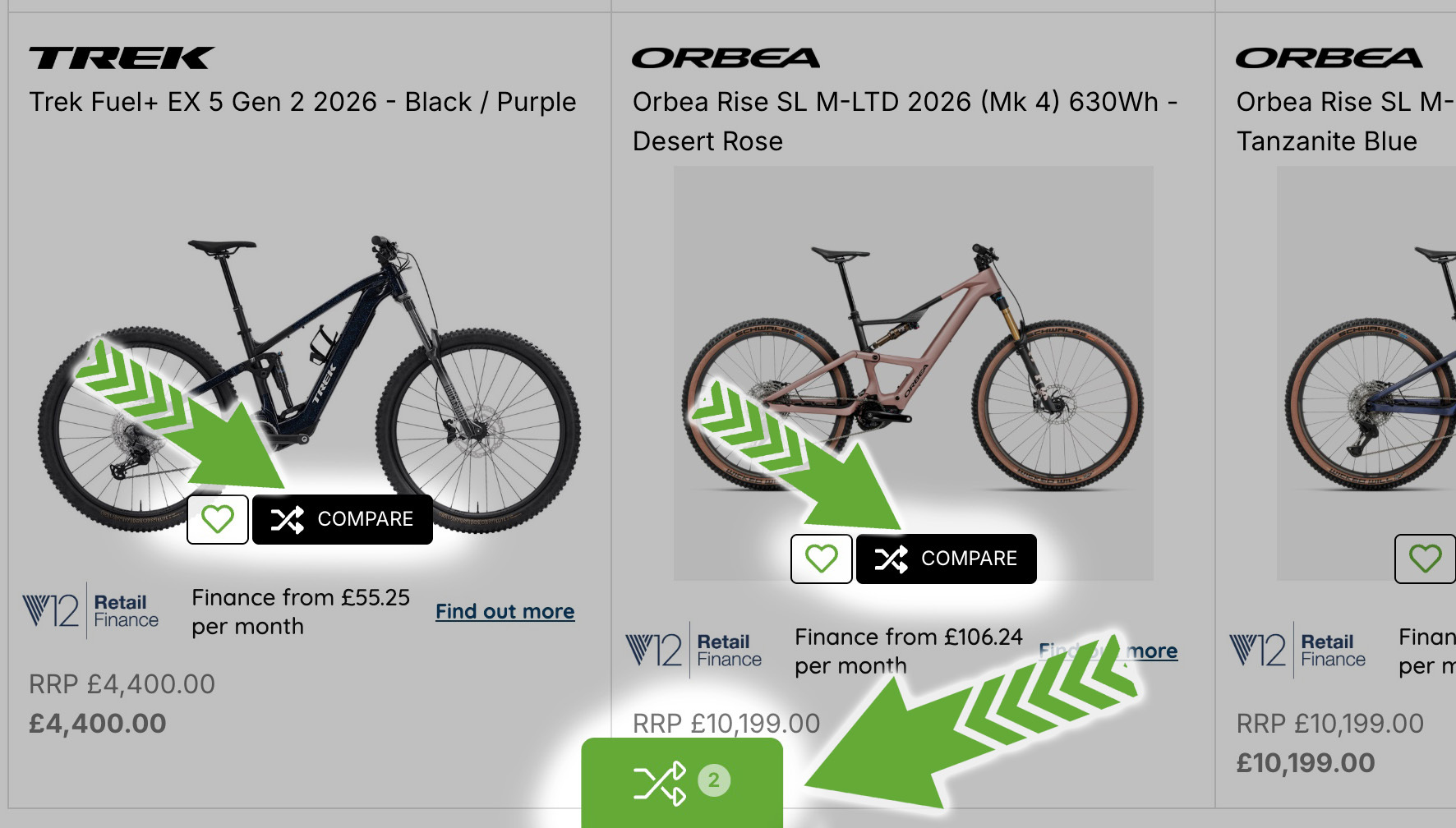Posted by Paul Hoyle on 30th Sep 2025
The number of gears on a bike heavily affects its pedalling performance and its intended use. We used to see bikes with both gears on the front and the back of the drivetrain, however due to advances in bike technology we now tend to only see gears fitted to the rear of the drivetrain.
Why do bikes only come with one chainring on the front?
There are several reasons why modern mountain bikes use a single front chainring (often called “1x” drivetrains):
- Frame Clearance – A single chainring increases bottom bracket clearance, helping to reduce the chance of rock strikes.
- Suspension Design – With only one chainring to account for, engineers can design suspension systems without worrying about large variations in chain growth.
- Handlebar Space – The introduction of dropper seatposts (and their remote levers) left less room on the handlebars for a front shifter.
- Wider Gear Ranges – Modern rear cassettes offer a much wider spread of gears, removing the need for multiple front chainrings.
How many rear gears are right for me?
12 speed:
- Wide gear range, typically 10-51T cassettes
- Ideal for all-round riding, easier for steeper climbs, and higher gears for fast descents
- The swiss army knife of drive trains - can handle any kind of terrain.
10 - 11 Speed:
- Popular on E-bikes due to their strength and durability, and e-bikes typically don’t require as many gears as a traditional one, due to the electronic assist.
- As there are fewer gears, this results in stronger chains and cogs which are better for handling the E-bike torque
Downhill 7 - 10:
- In the world of downhill mountain bikes gears are only required to increase speed on descents. This allows for a closer gear ratio as no gears are required to pedal uphill. We tend to see these bikes with either a 7 speed, or 10 speed drivetrain.
What about my front chain ring?
The front gear comes in the form of a chainring, this is one ring and is usually quite thick.
- Smaller ring, easier for climbing, however slower top speed (Ideal for places like the Lake District)
- Larger ring, higher top speed, harder to pedal uphill.
- Can be swapped out with ease to suit your local terrain or desired riding style.
Please note:
This guide by MTB Monster is designed to help you understand the technical aspects of bike components. The information is drawn from industry knowledge and the experience of our team. While we strive for accuracy and unbiased comparisons, occasional errors or updates may occur. We always recommend doing your own research before making a final purchase decision..
Need any further help in choosing your next bike? Drop us a line on 01254 959345, or alternatively fill out the form below. We'd be glad to help.




